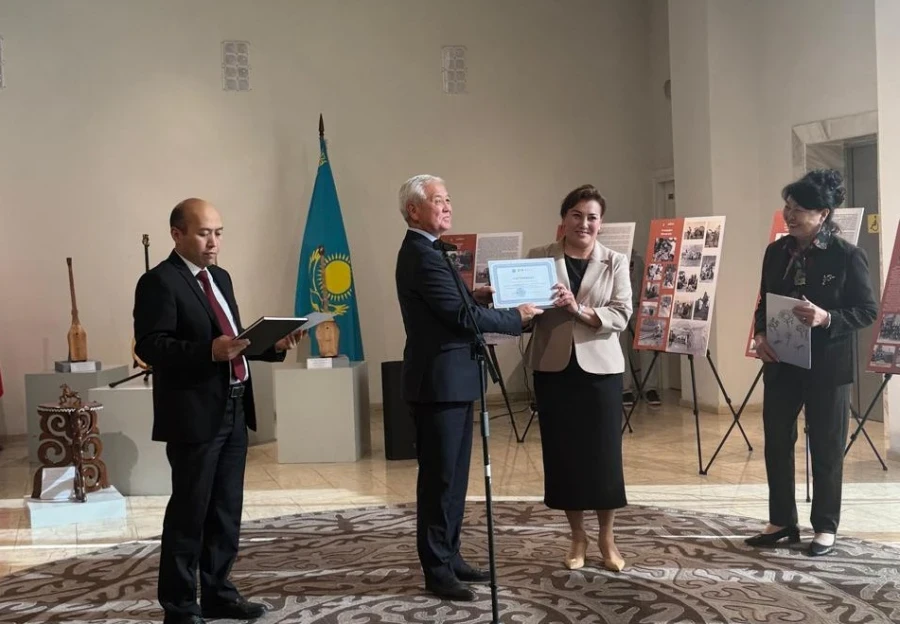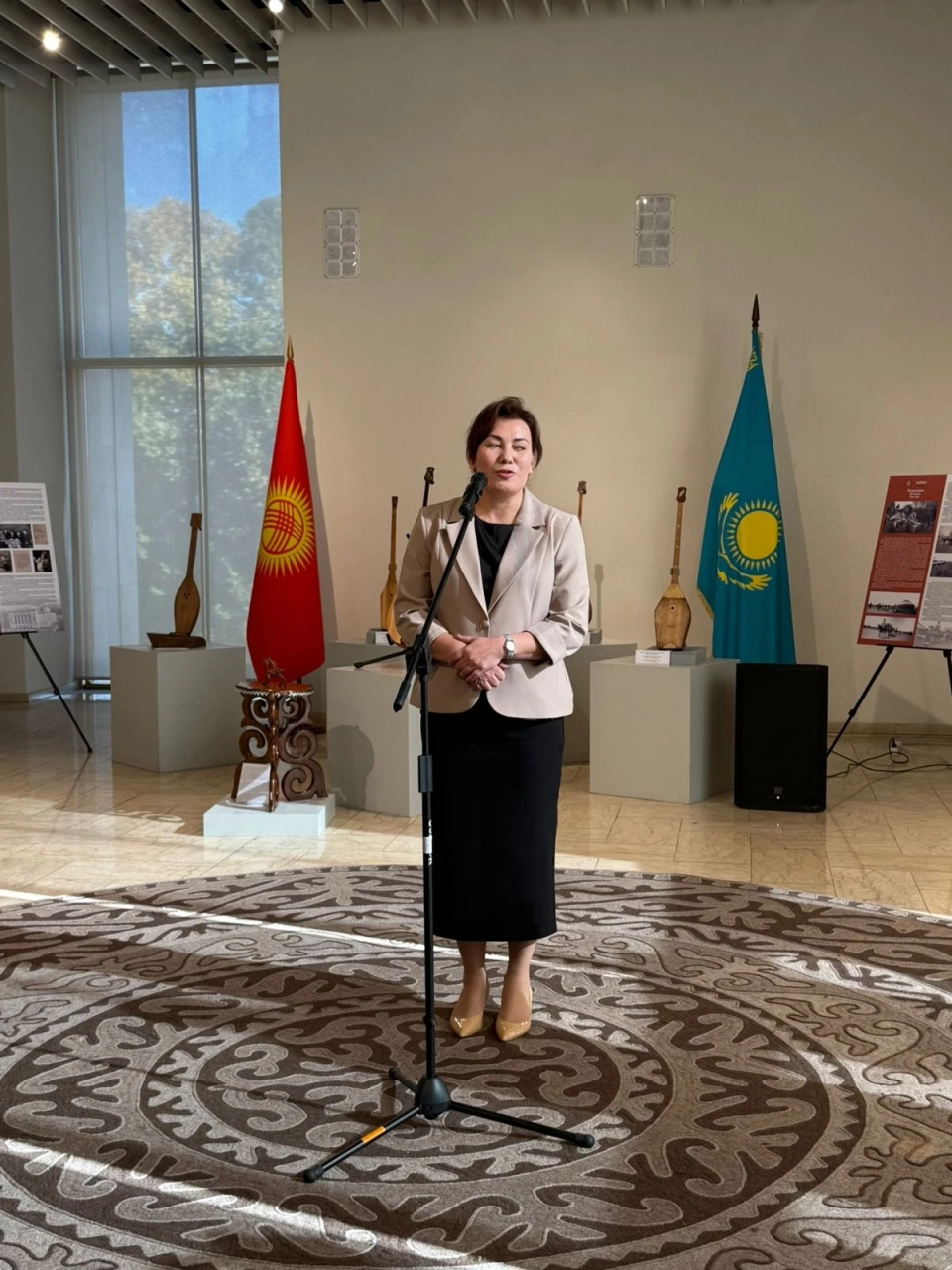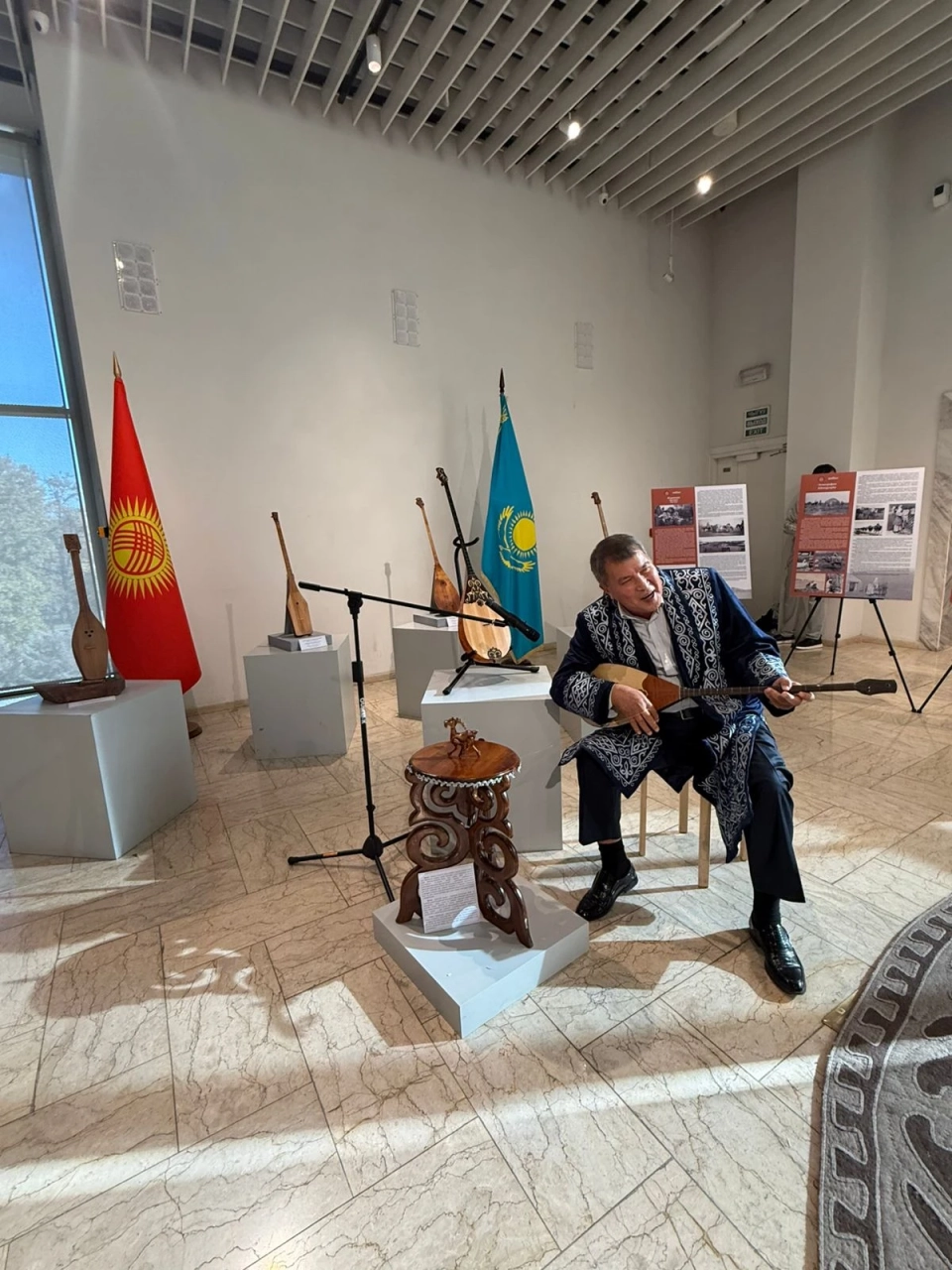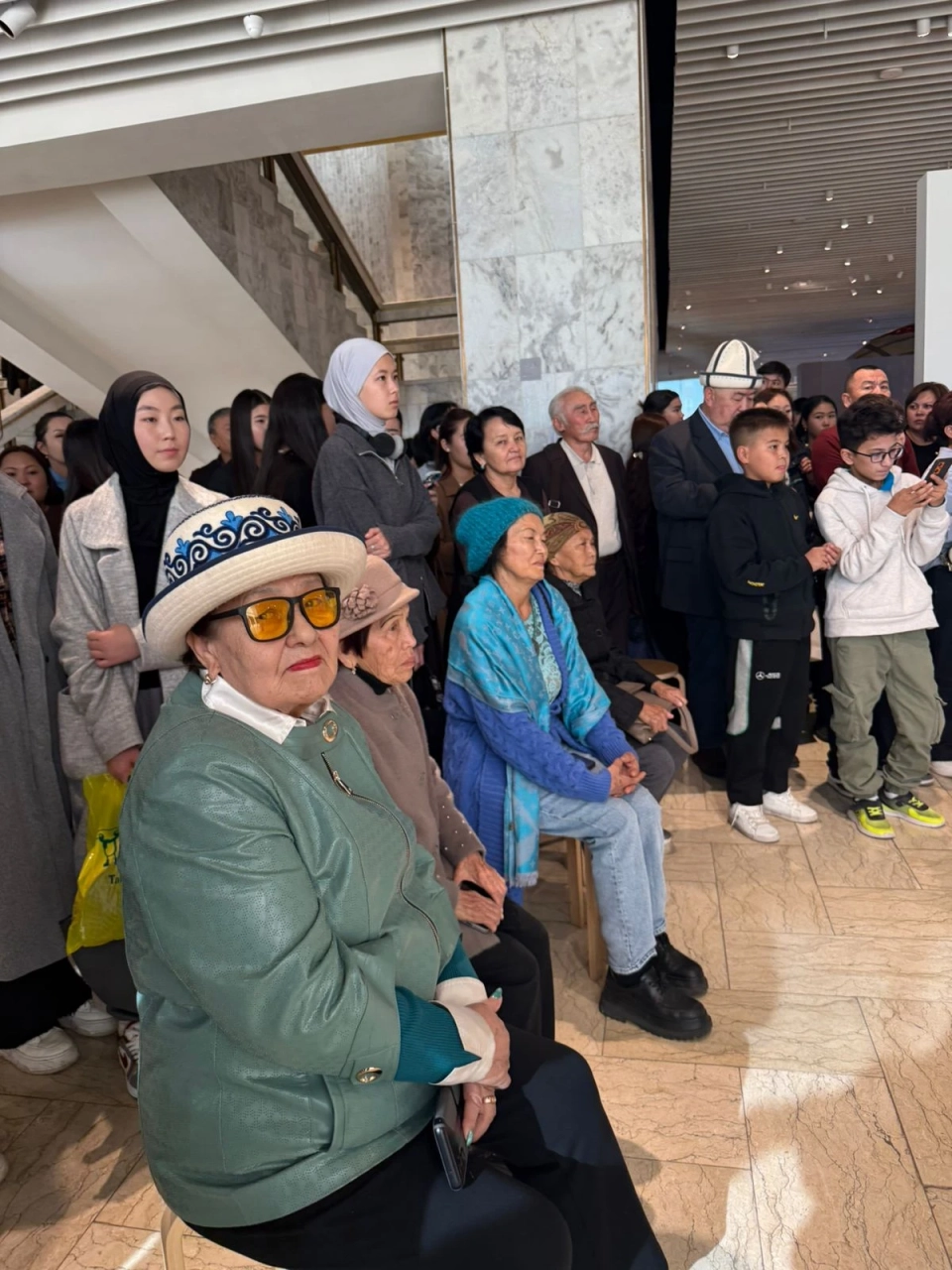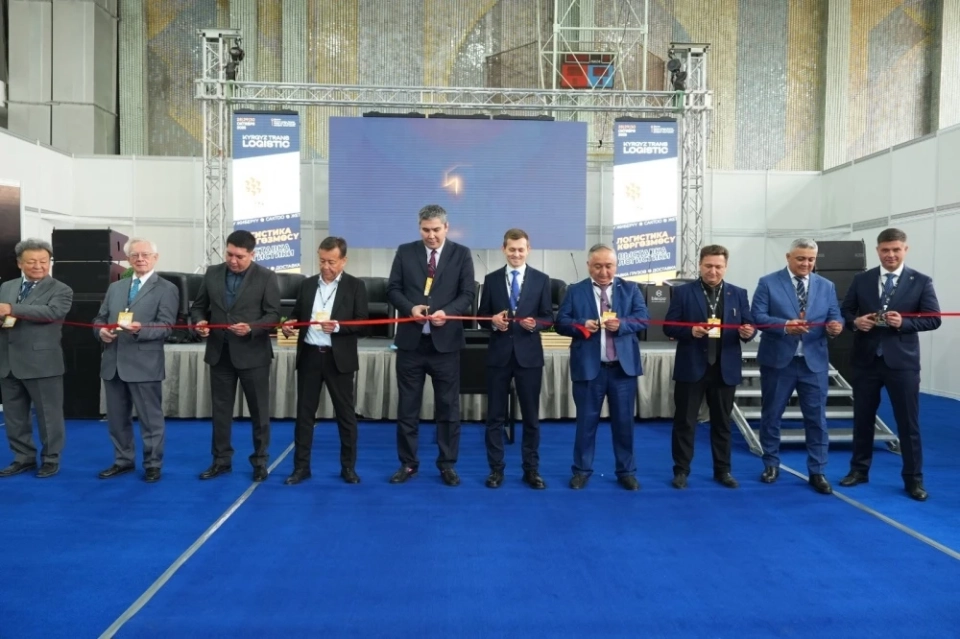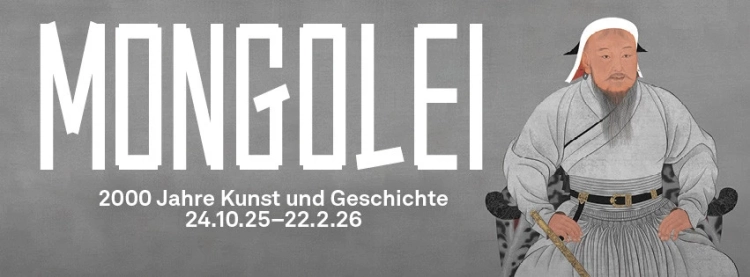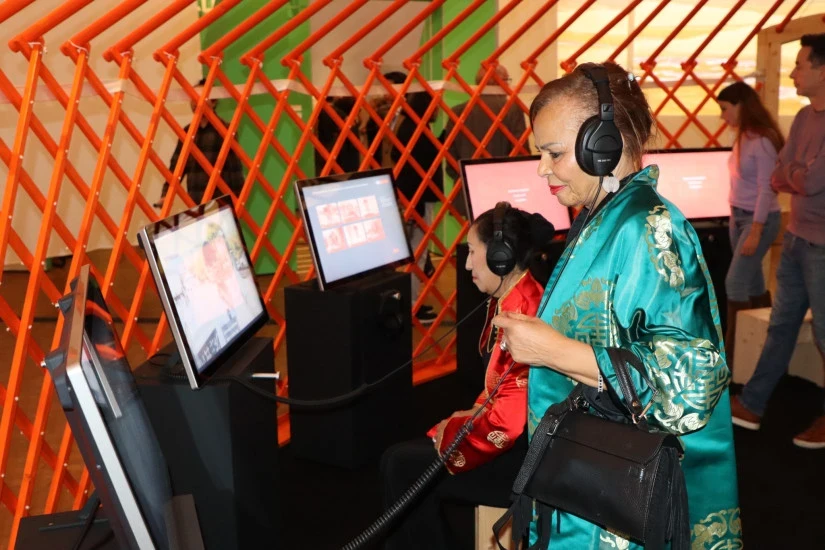Guests will be offered a unique opportunity to immerse themselves in the cultural and spiritual heritage of Kazakhstan
Today, October 30, an international exhibition titled “In the Footsteps of Centuries: The Image of Kazakhstan’s History” opened in Bishkek. The organizers of this event are the Embassy of Kazakhstan in Kyrgyzstan, the Committee for Culture of the Ministry of Culture and Information of Kazakhstan, as well as the National Central Museum and the National Historical Museum of the Kyrgyz Republic.
The exhibition is taking place at the National Historical Museum of the Kyrgyz Republic and will last until November 14. This event, organized within the framework of cooperation between Kyrgyzstan and Kazakhstan, aims to promote the cultural heritage of Kazakhstan and deepen knowledge about its historical development. Visitors will be able to study the historical processes that took place in Kazakhstan from the mid-19th century to the end of the 20th century based on authentic photographic documents, including the traditional way of life of the Kazakh people and significant stages of modernization, such as administrative and social reforms, industrialization, collectivization, and the development of industry.
A key role in the exhibition is played by copies of musical instruments belonging to outstanding figures of Kazakh culture, including Abai Kunanbayev, Zhambyl Zhabayev, Dina Nurpeisova, and Kenen Azerbaev. These exhibits represent not only historical and cultural but also spiritual value, reflecting the continuity of national traditions and the rich musical heritage of Kazakhstan.
As part of the exhibition, the “orteque” is also being demonstrated — a unique element of Kazakh performing art that combines musical, theatrical, and choreographic components. A wooden figurine of a goat kid, coming to life under the sounds of the dombra, creates the impression of dance and symbolizes the harmony between man and nature. This element is an important part of Kazakhstan's intangible cultural heritage and highlights the high skill of performers, as well as the artistic originality of Kazakh culture, as noted by the organizers.
The exhibition has a strong foundation for its conduct, as the Central State Museum of the Republic of Kazakhstan is one of the largest museums in Central Asia, occupying over 20,000 square meters. Its collections house more than 280,000 exhibits, and there are seven permanent exhibition halls. The halls of the “Golden Fund,” “Anthropology,” and the collection of artist N.G. Kludov, reflecting Kazakh ethnography, attract special interest from visitors. The first collections of the museum were gathered in the 1930s in the Orenburg Neplyuev Military School and were called the “Museum of the Orenburg Region.” One of the organizers was the famous linguist Vladimir Dahl, author of the “Explanatory Dictionary of the Russian Language.” Currently, the museum is being enriched thanks to the participation of such figures of Kazakh culture as A. Baitursynov, A. Zhiryenchin, G. Mustafin, K. Badyrov, A. Margulan, and others.
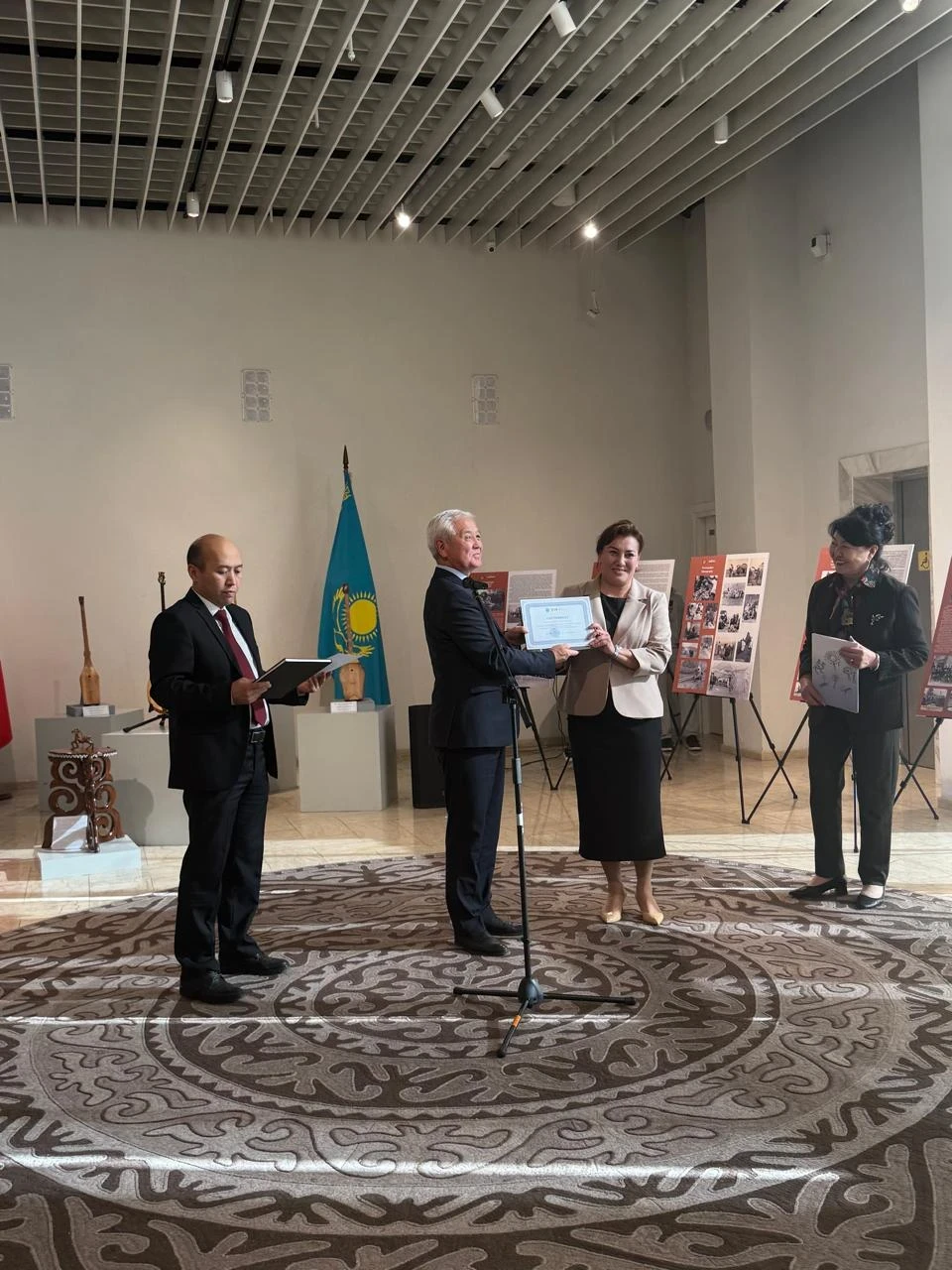
Citizens of Kyrgyzstan and all interested individuals will be able, thanks to the visual format, authentic documents, and artifacts, to appreciate the richness and diversity of Kazakhstan's historical and cultural heritage, as well as feel the living connection of times and the continuity of national culture.
Photo www
